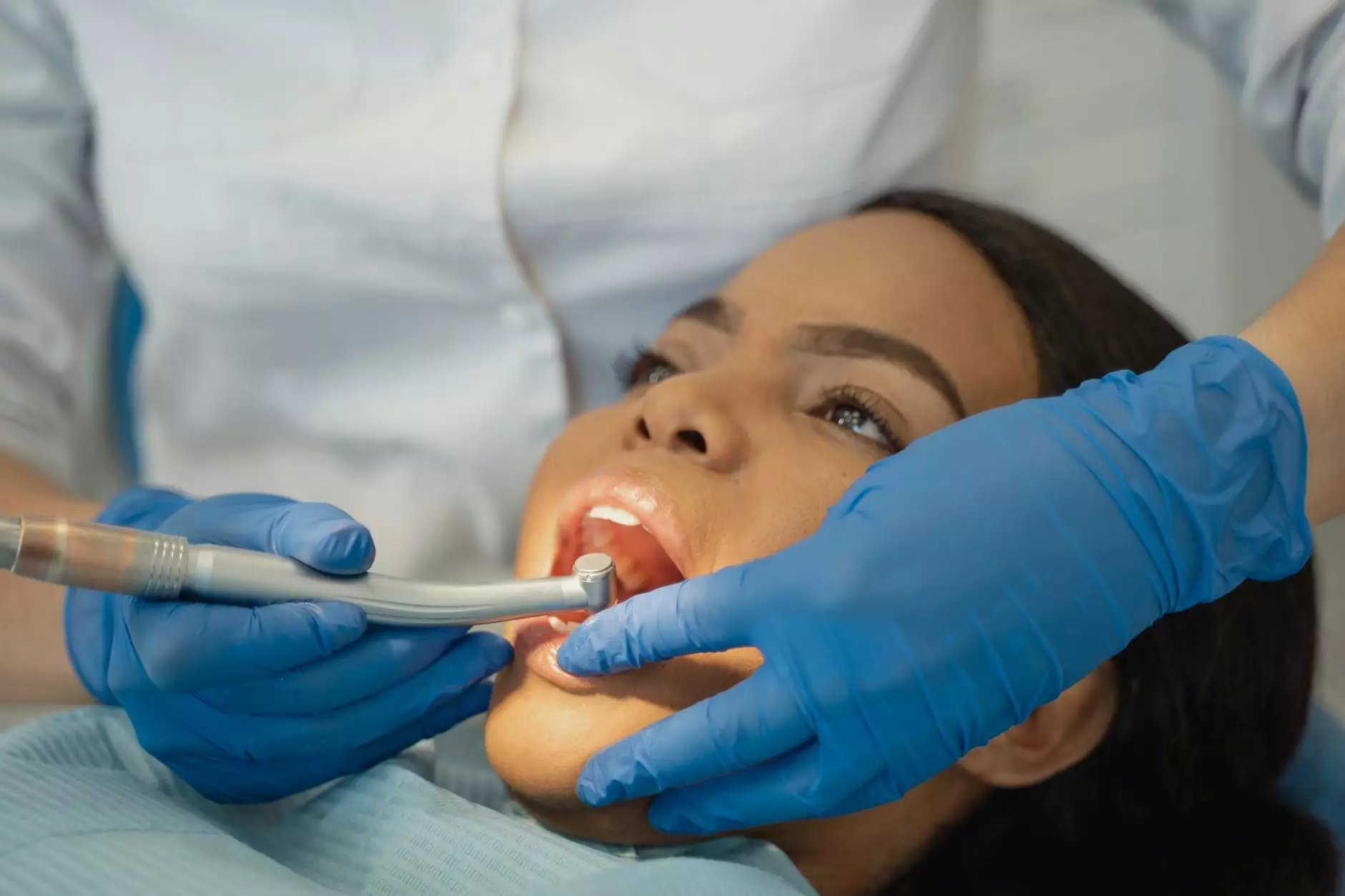Understanding DX Hysteroscopy: A Comprehensive Guide

DX hysteroscopy is an essential diagnostic procedure that allows medical professionals to visually examine the interior of the uterus. This minimally invasive technique is invaluable in diagnosing a variety of conditions affecting women's reproductive health. In this article, we will explore the intricacies of dx hysteroscopy, its indications, procedure, benefits, and post-procedure care, providing a complete resource for patients seeking to understand this critical aspect of gynecological health.
What is DX Hysteroscopy?
DX hysteroscopy involves the use of a hysteroscope—a thin, lighted tube equipped with a camera and instruments—to visualize the inside of the uterus. This procedure allows healthcare providers to diagnose and treat various conditions by providing a direct view of the uterine lining. The term "dx" signifies "diagnostic," highlighting the procedure’s primary function in identifying uterine abnormalities.
Indications for DX Hysteroscopy
Several conditions may necessitate a dx hysteroscopy. Some of the most common indications include:
- Abnormal Uterine Bleeding: Unexplained bleeding can be a sign of underlying issues such as fibroids, polyps, or hyperplasia.
- Infertility Investigations: To evaluate potential uterine causes of infertility or recurrent pregnancy loss.
- Polyp Removal: To diagnose and excise uterine polyps, which can lead to bleeding or hormonal imbalances.
- Fibroid Assessment: To identify and treat fibroids that may affect uterine function or fertility.
- Endometrial Biopsy: To obtain tissue samples for further examination and diagnosis of conditions like endometrial cancer or hyperplasia.
The Procedure of DX Hysteroscopy
The procedure typically involves the following steps:
1. Preparation
Prior to dx hysteroscopy, patients may be advised to refrain from sexual intercourse and tampon use for a few days. Blood tests and ultrasounds may also be conducted to provide further context.
2. Anesthesia
The procedure can be performed under local, regional, or general anesthesia, depending on the complexity and the patient's comfort level.
3. Insertion of the Hysteroscope
Once anesthesia is administered, a speculum is inserted into the vagina to allow access to the cervix. The hysteroscope is then carefully inserted through the cervix into the uterus.
4. Distending the Uterine Cavity
To get a clearer view, carbon dioxide or a saline solution is often introduced into the uterine cavity to distend it. This inflation helps the hysteroscope provide better visibility of the uterine walls.
5. Examination
The hysteroscope allows the physician to inspect the interior of the uterus, looking for abnormalities, lesions, or other concerns. If necessary, additional instruments can be introduced through the hysteroscope for biopsy or treatment.
Benefits of DX Hysteroscopy
There are numerous advantages to undergoing dx hysteroscopy:
- Minimally Invasive: As a minimally invasive procedure, dx hysteroscopy typically leads to less discomfort and quicker recovery compared to traditional surgical methods.
- Immediate Diagnosis: The ability to see inside the uterus in real-time allows for prompt diagnosis and sometimes even treatment during the same session.
- Reduced Recovery Time: Patients often resume regular activities shortly after the procedure, with many feeling well enough to go home the same day.
- Enhanced Fertility Evaluation: By identifying issues that may impact fertility, this diagnostic tool can direct future treatment plans effectively.
- Comprehensive Visualization: This method provides a complete view of the uterine cavity, allowing for accurate diagnosis and interventions as needed.
Risks and Considerations
While dx hysteroscopy is generally safe, it is essential to be aware of potential risks, which may include:
- Infection: Introducing instruments into the uterus carries a risk of infection, though this is relatively rare.
- Uterine Perforation: In rare cases, instruments may accidentally perforate the uterine wall, leading to more complications.
- Abnormal Bleeding: Some patients may experience light bleeding or spotting post-procedure.
- Adverse Reaction to Anesthesia: As with any surgical procedure, there is always a risk of an adverse reaction to anesthesia.
Post-Procedure Care
After undergoing a dx hysteroscopy, patients should follow specific care instructions to ensure optimal recovery:
1. Monitoring Symptoms
It is crucial to monitor for any signs of complications, such as severe pain, heavy bleeding, or fever. Immediate medical attention should be sought if these symptoms arise.
2. Activity Restrictions
Patients are typically advised to avoid strenuous activities, sexual intercourse, and the use of tampons for a short period after the procedure.
3. Follow-Up Appointments
Follow-up visits may be scheduled to discuss findings from the hysteroscopy and determine any necessary further interventions or treatments.
Conclusion: The Importance of DX Hysteroscopy in Women's Health
In conclusion, dx hysteroscopy is a critical diagnostic tool that provides invaluable insights into women's reproductive health. By enabling direct visualization of the uterine cavity, this procedure aids in diagnosing conditions that may impact fertility, menstrual health, and overall well-being. Understanding the process, benefits, and potential risks is essential for patients considering this procedure. Empowered with knowledge and backed by skilled healthcare professionals, women can take proactive steps toward achieving optimal health and wellness.
Consult with a Specialist
If you have concerns regarding your reproductive health or believe you may need a dx hysteroscopy, consult a qualified obstetrician or gynecologist. At drseckin.com, you can find expert guidance and care tailored to your unique health needs.



